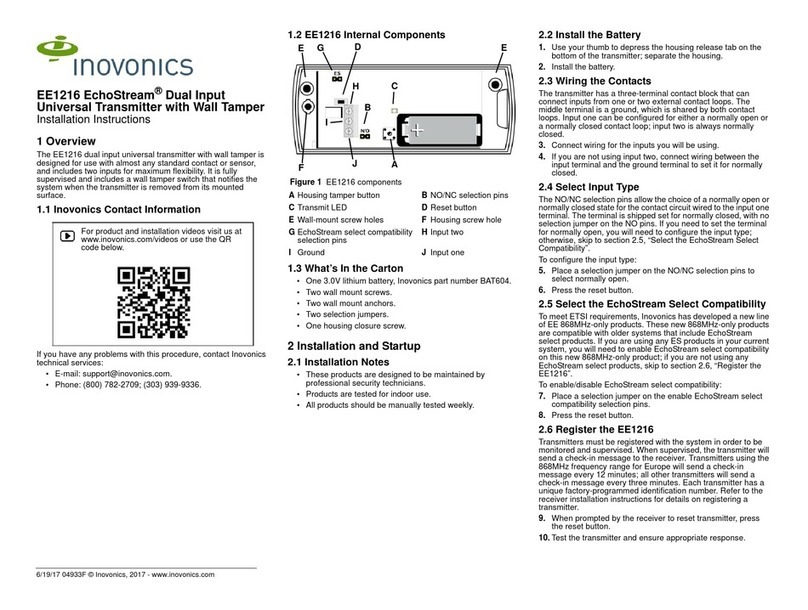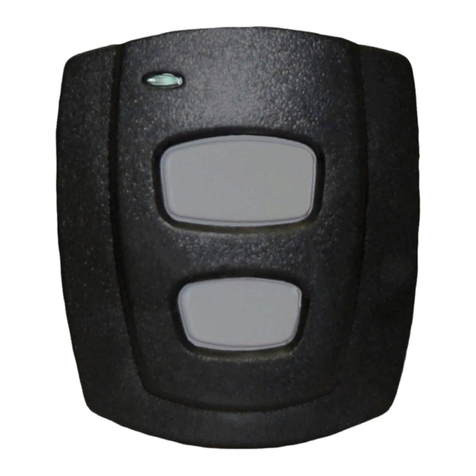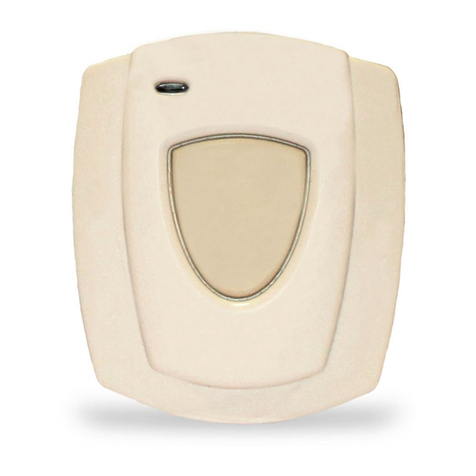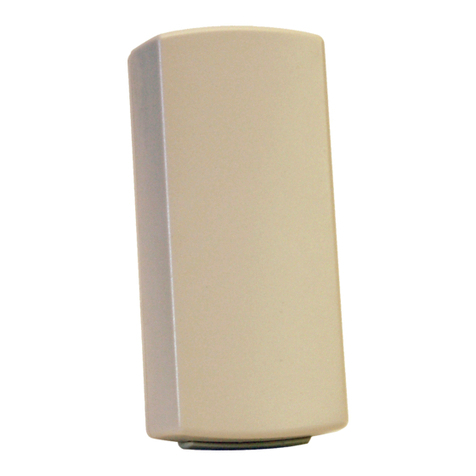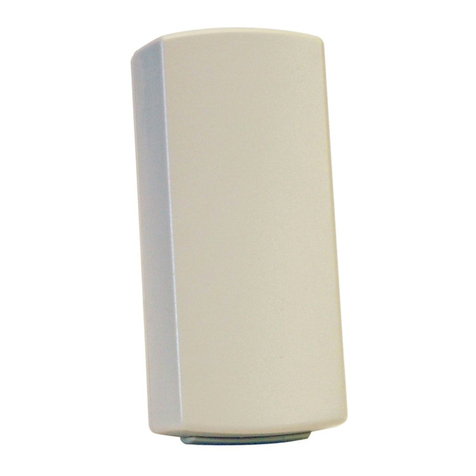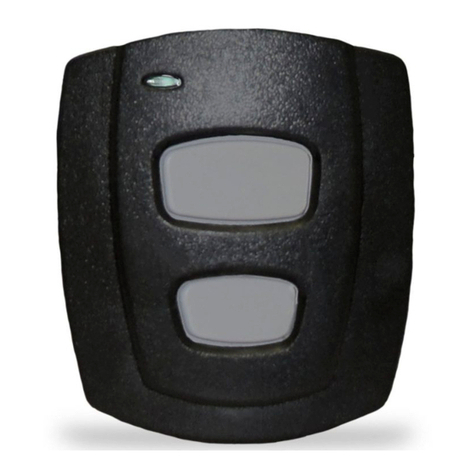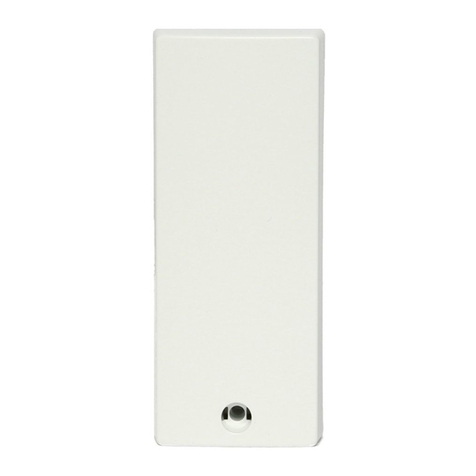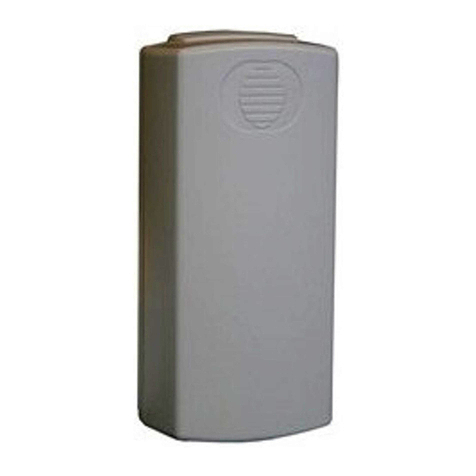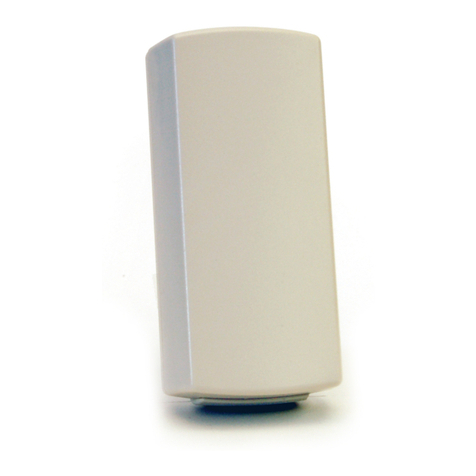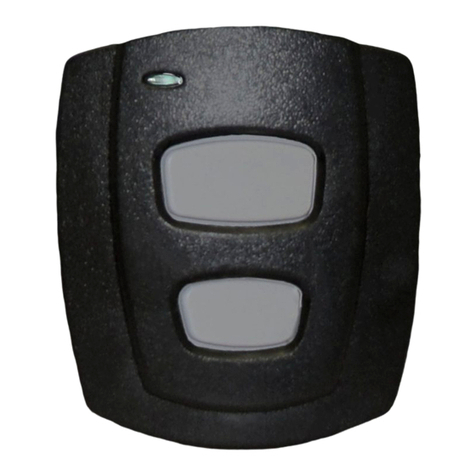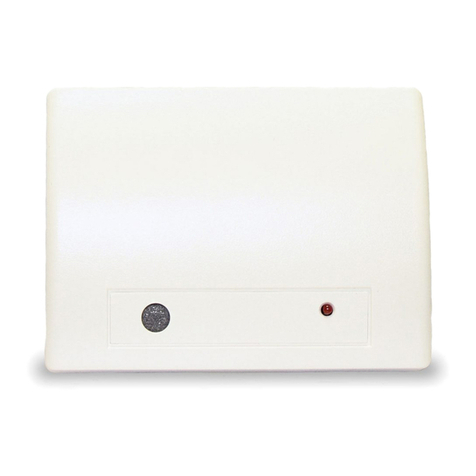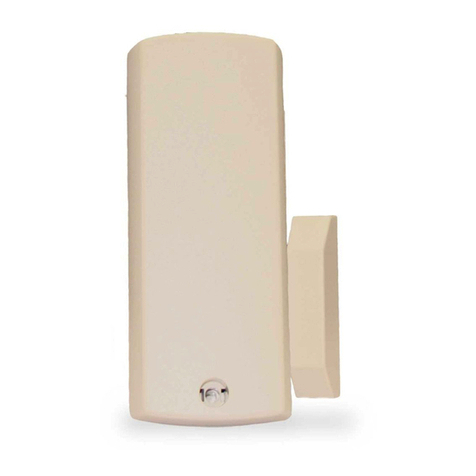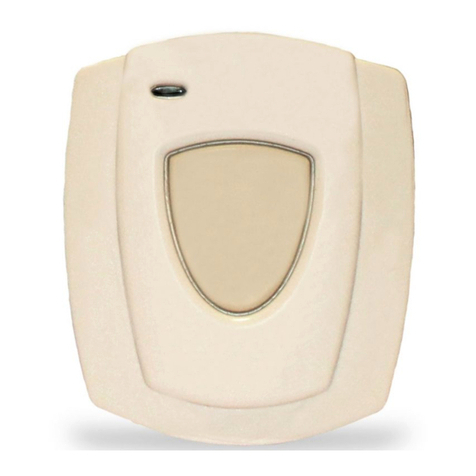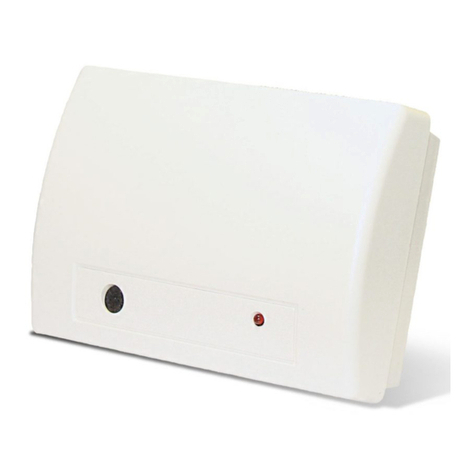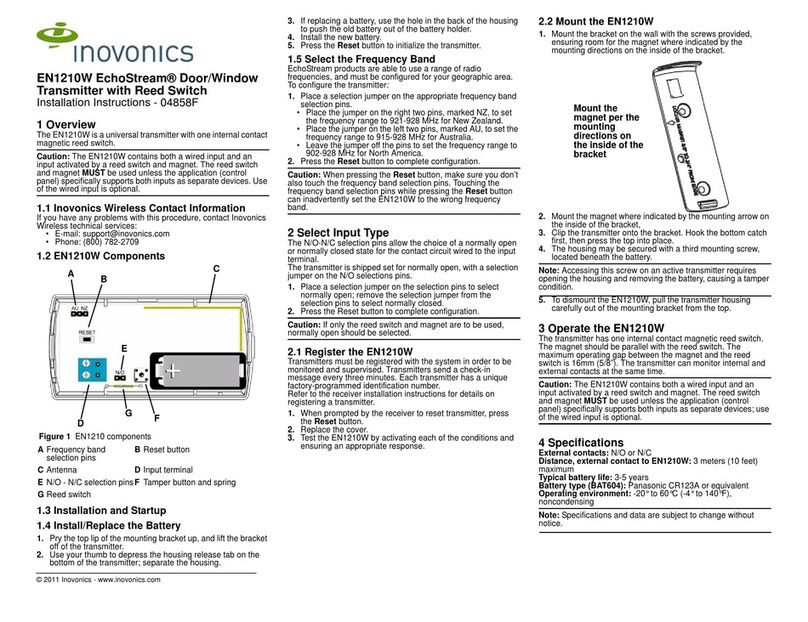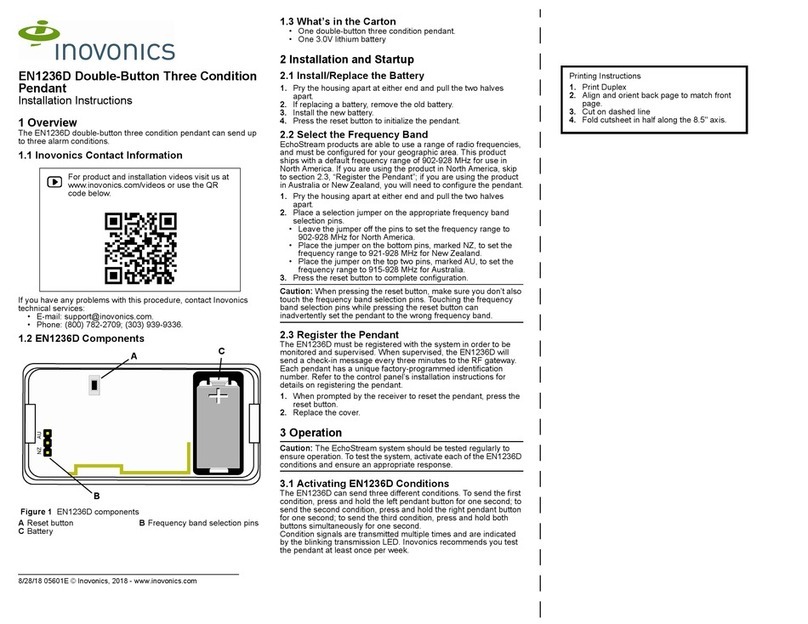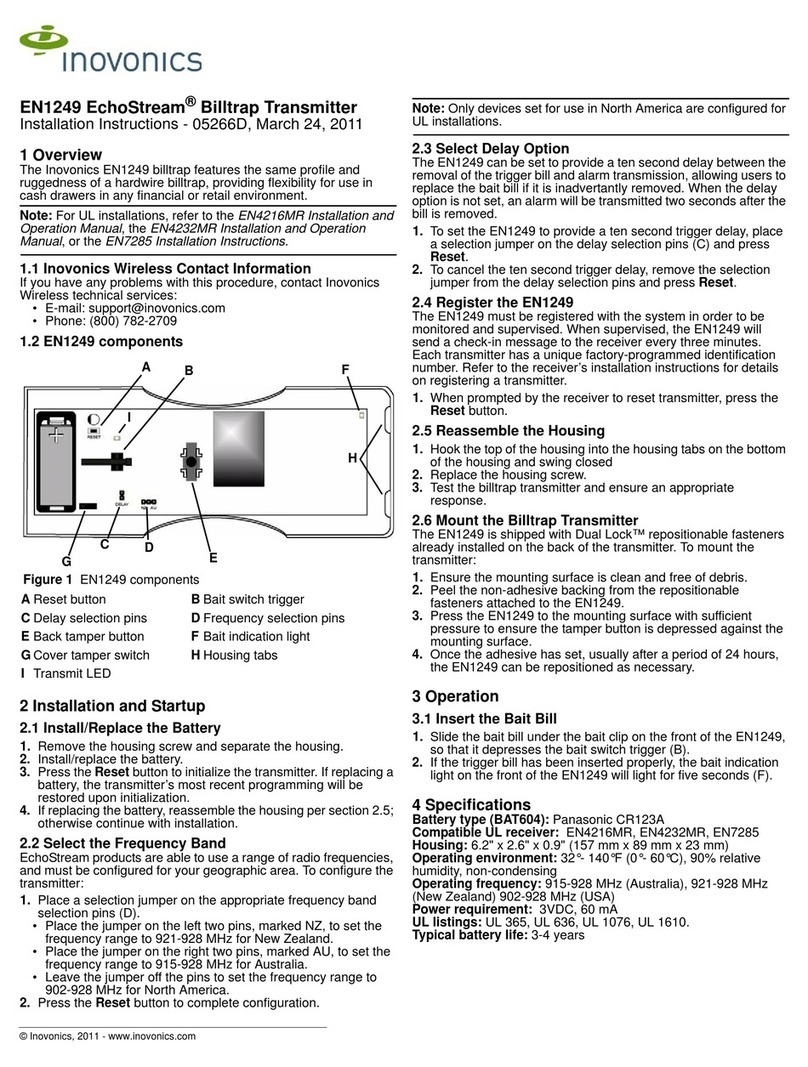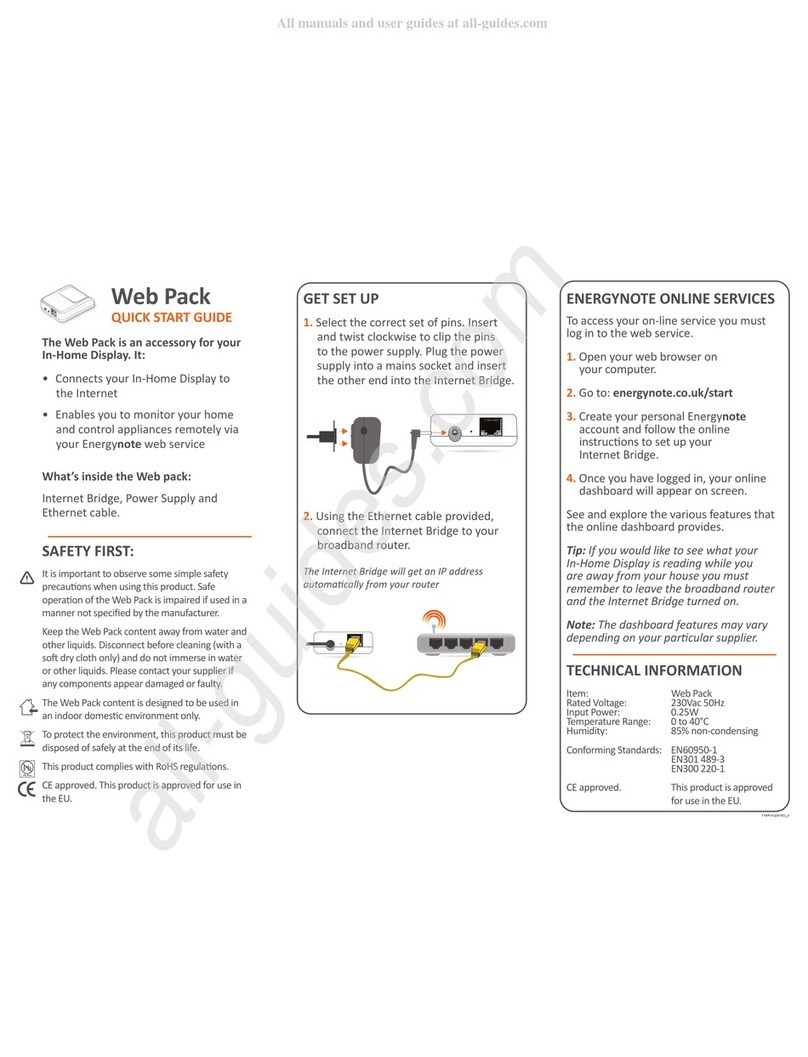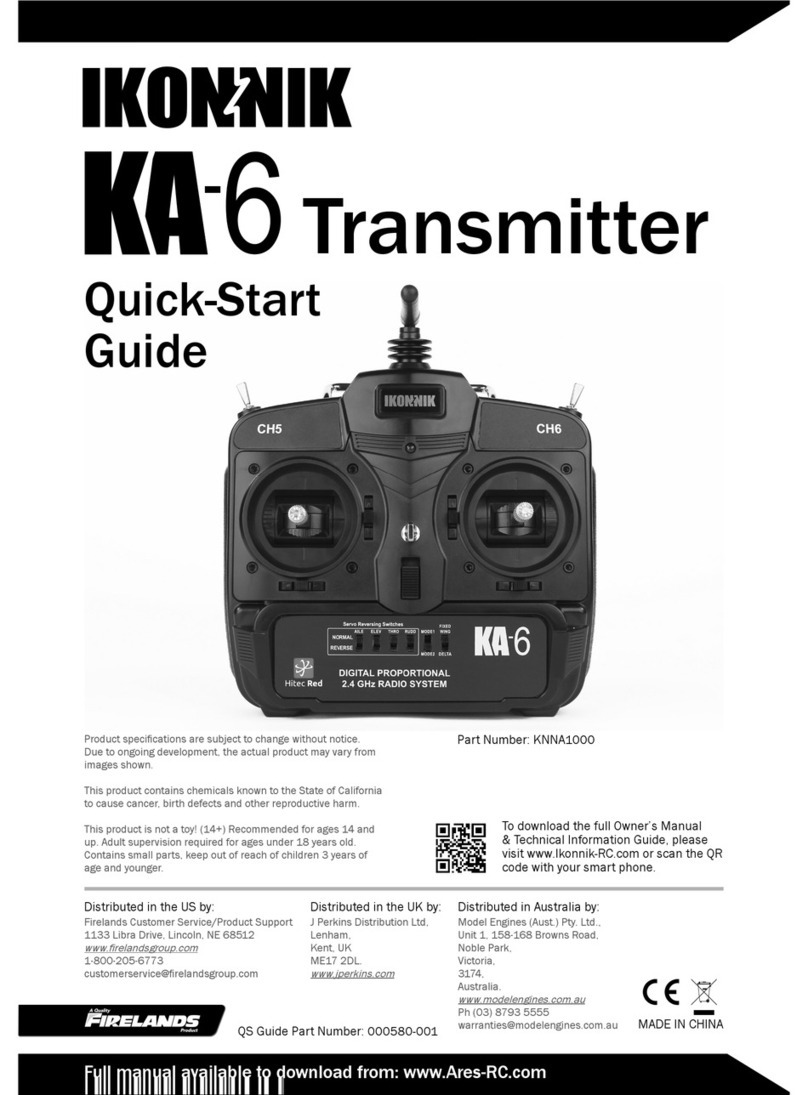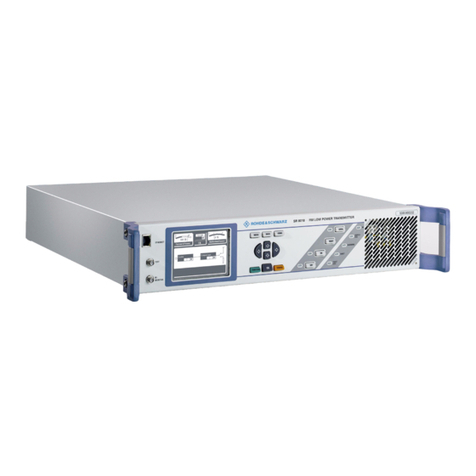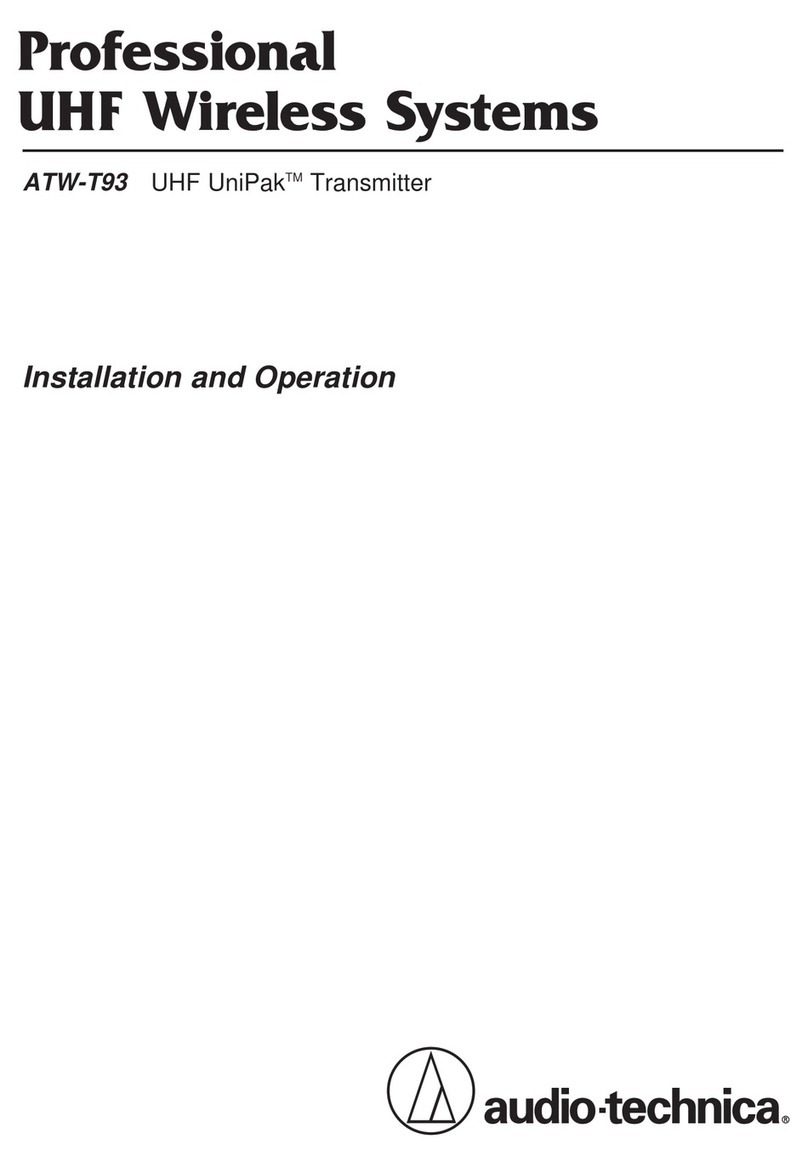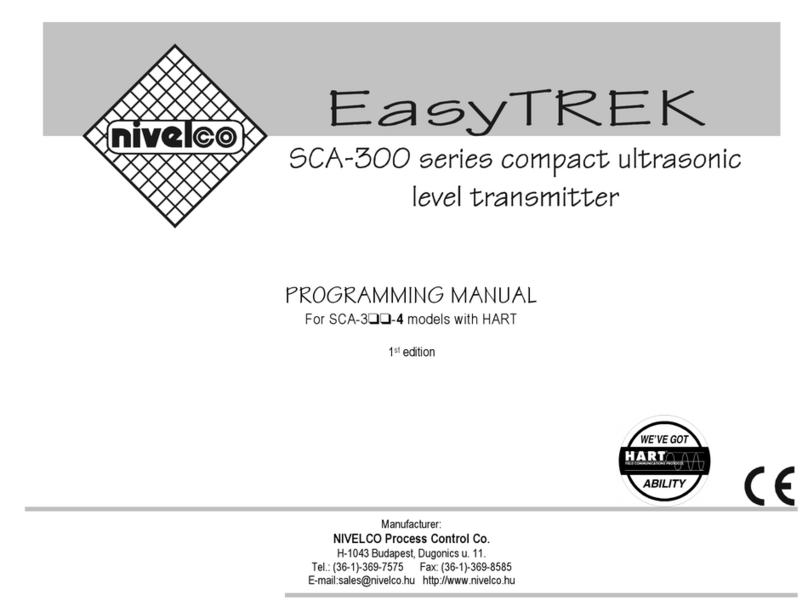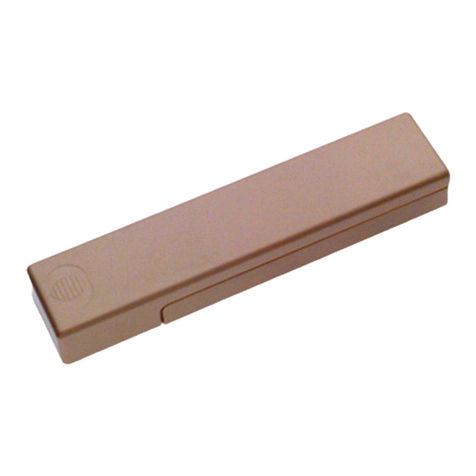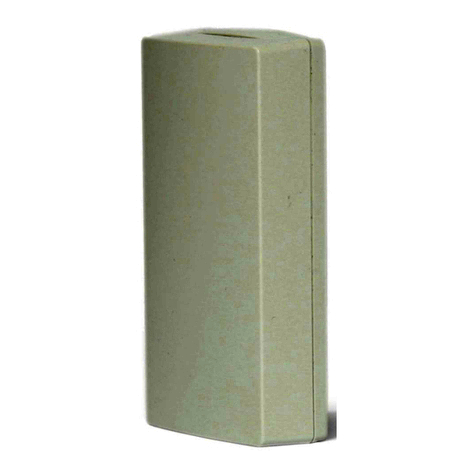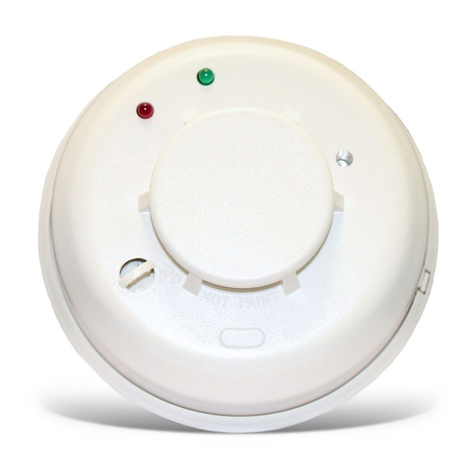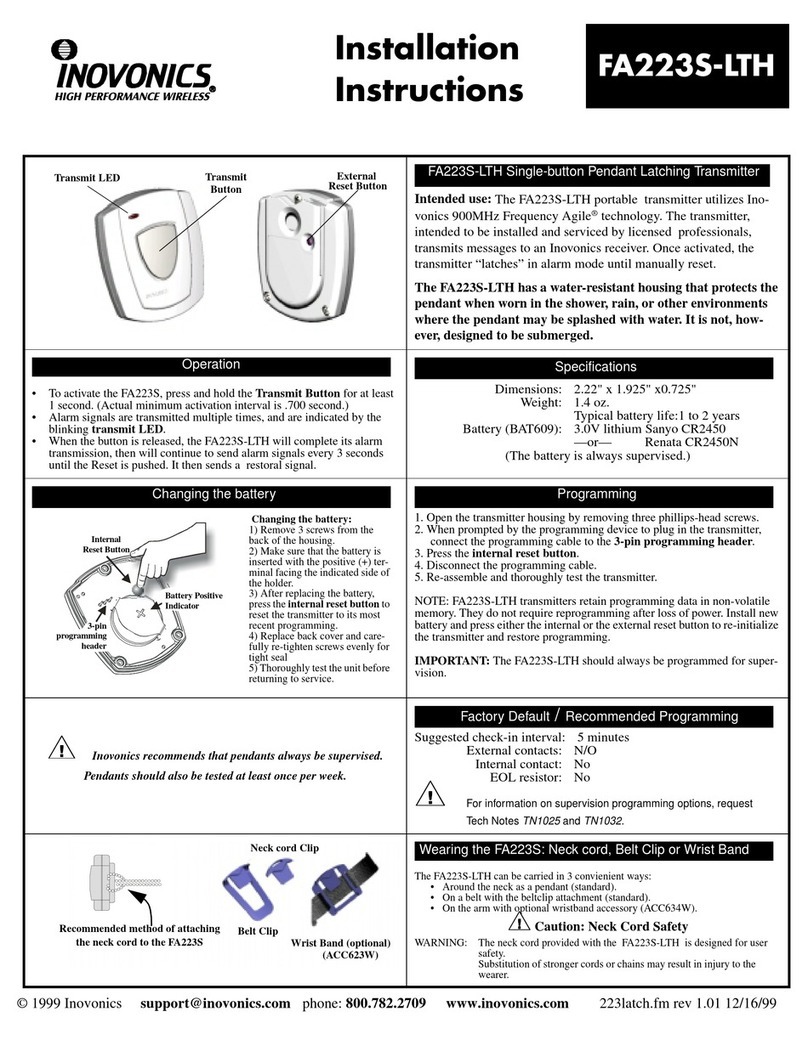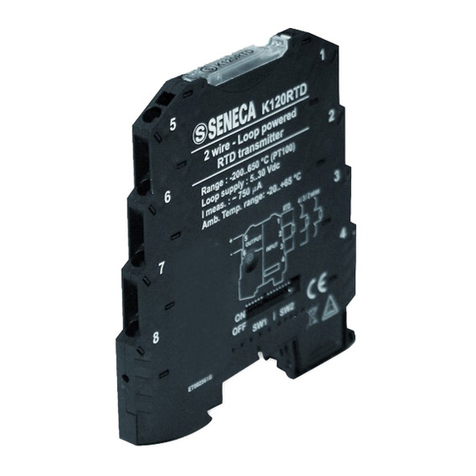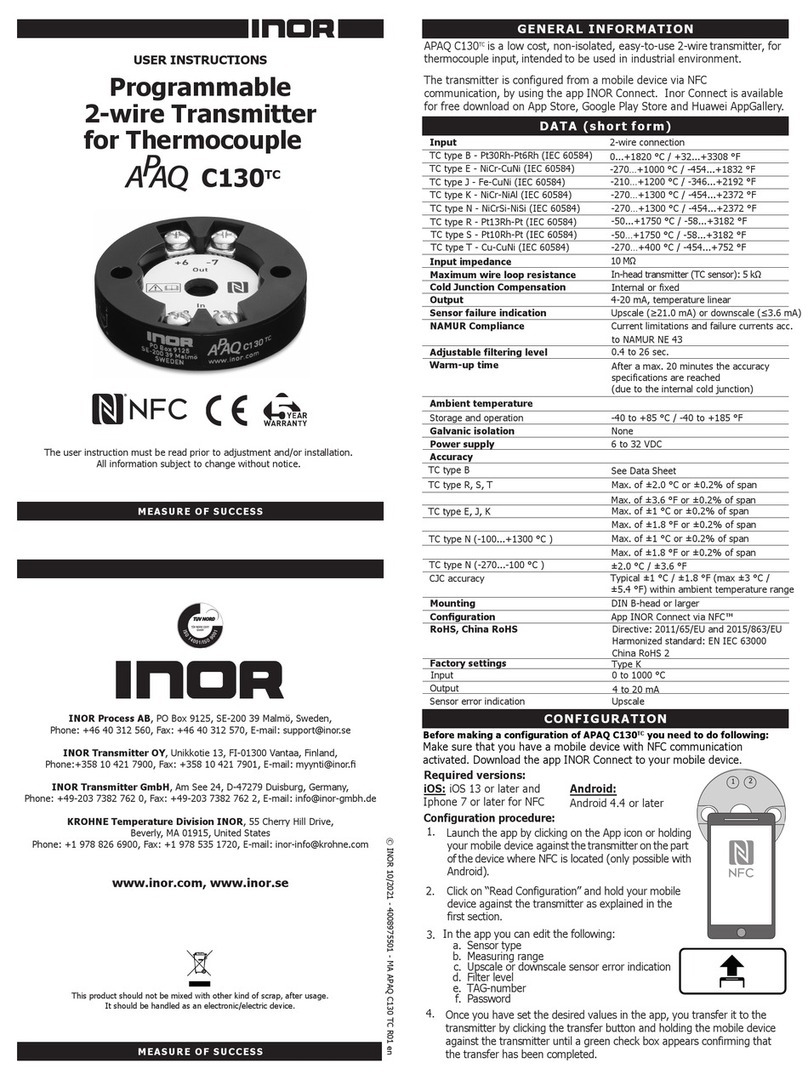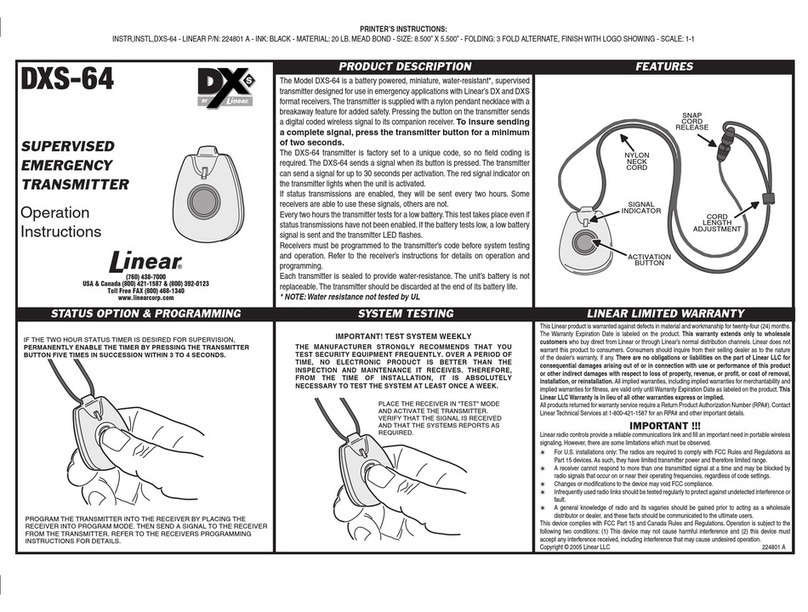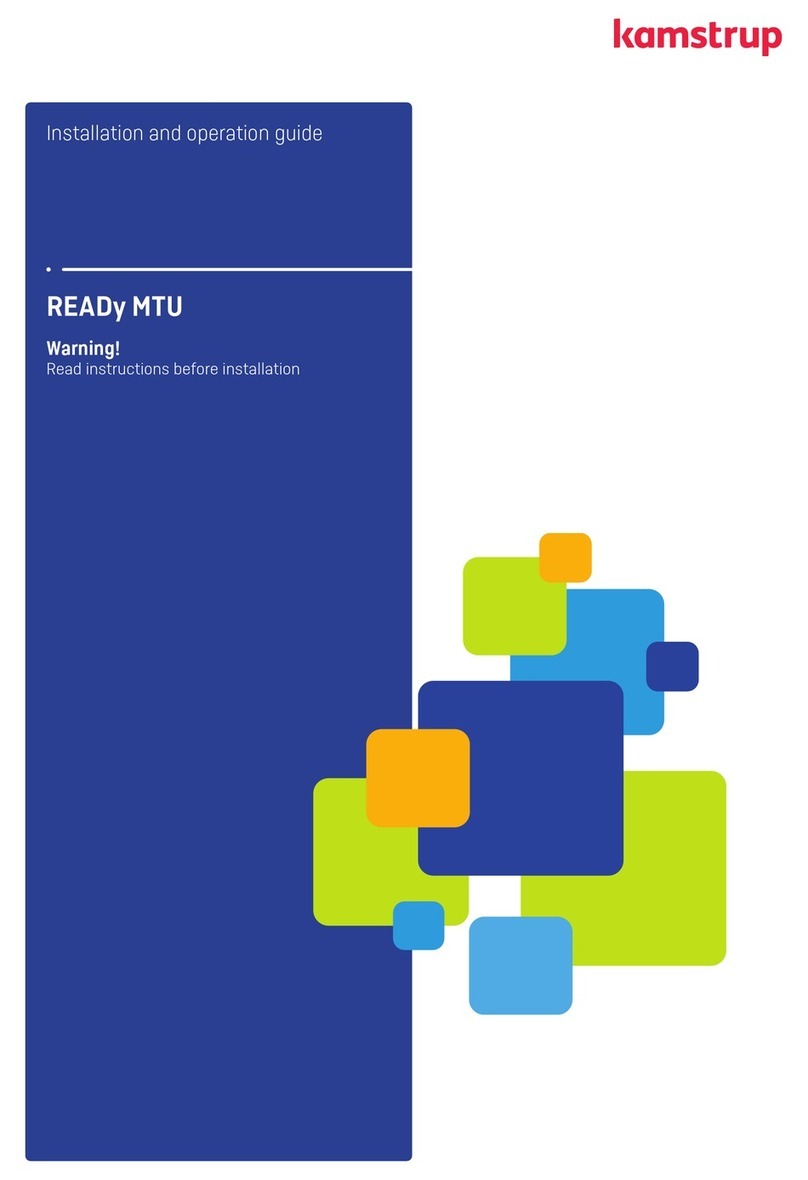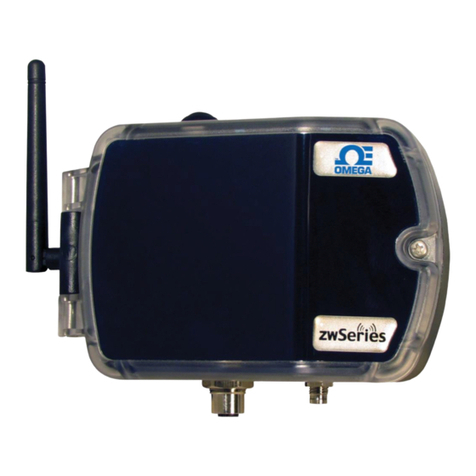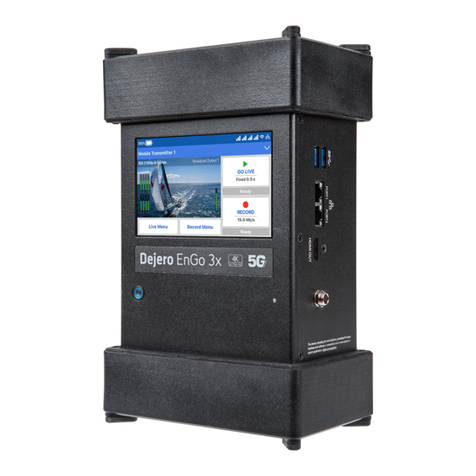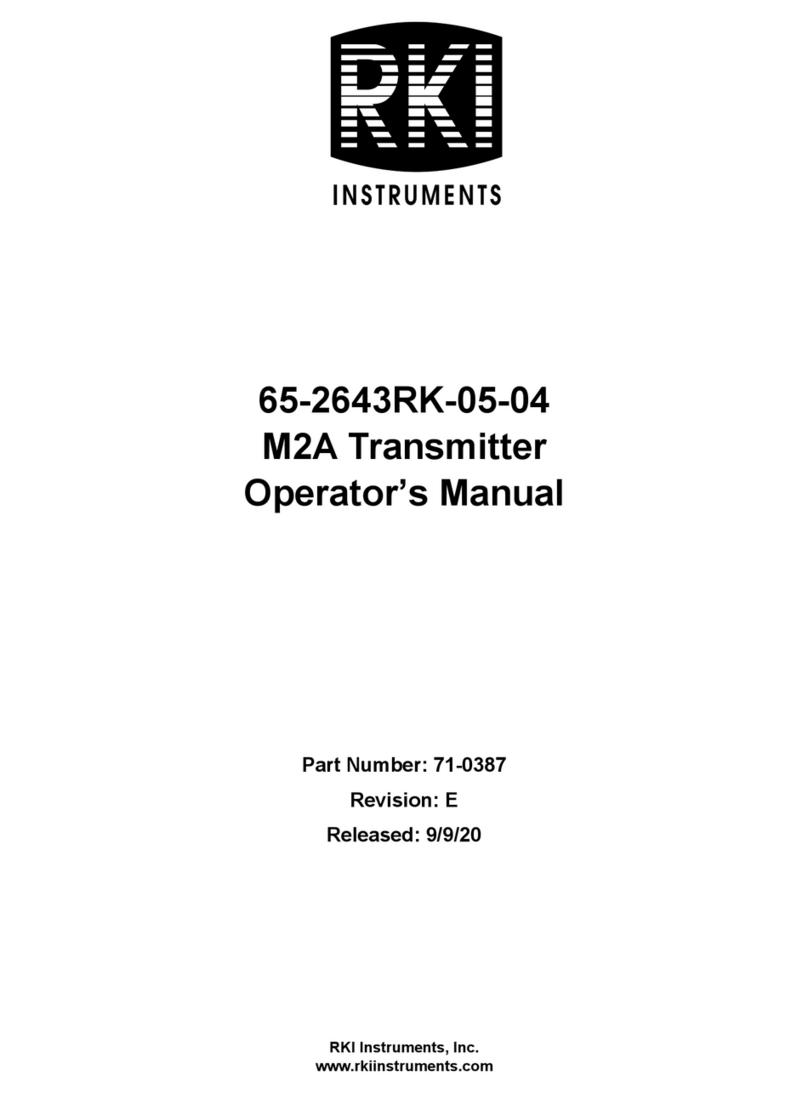
3.21.17 05373D © Inovonics, 2017 - www.inovonics.com
EN1702 Current/Voltage Data Transmitter
Installation Instructions
1 Overview
The Inovonics EN1702 current/voltage data transmitter offers the flexibility
of an Inovonics universal transmitter, with out-of-the-box compatibility for
both voltage and current analog sensors, to support a variety of data
logging applications. The EN1702 current/voltage data transmitter can be
used to wirelessly monitor and measure conditions including differential
pressure, tank level, gas and volatile compound levels, extremely high and
low temperatures, current consumption, and more.
The EN1702 current/voltage data transmitter must be used with the
Inovonics EN4000 serial receiver or EN6040 network coordinator, and
requires an application designed to support advanced functionality.
1.1 Inovonics Contact Information
If you have any problems with this procedure, contact Inovonics technical
support:
• Phone: (800) 782-2709.
1.2 EN1702 Internal Components
Figure 1 EN1702 internal components
1.3 What’s In The Carton
• Three wall mount screws.
• Three wall mount anchors.
• Two selection jumpers.
• One piece of mounting tape.
• One 3.0V lithium battery.
2 Installation and Startup
2.1 Installation Notes
• These products are designed to be installed and maintained by
professional technicians.
• Products are intended for indoor use.
• Manually test all products weekly.
2.2 Install the Battery
1. Pry the top lip of the mounting bracket up, and lift the bracket off of the
transmitter.
2. Use your thumb to depress the housing release tab; separate the
housing.
3. Install the new battery.
4. Press the reset button to initialize the transmitter. If replacing a battery,
the transmitter’s most recent programming will be restored upon
initialization.
2.3 Select the Frequency Band
EchoStream products are able to use a range of radio frequencies, and
must be configured for your geographic area. This product ships with a
default frequency range of 902-928 MHz for use in North America. If you
are using the product in North America, skip to section 2.4, “Attach the
Analog Sensor(s) and Select Input”; if you are using the product in Australia
or New Zealand, you will need to configure the transmitter.
5. Place a selection jumper on the appropriate frequency band selection
pins.
• Place the jumper on the left two pins, marked NZ, to set the frequency
range to 921-928 MHz for New Zealand.
• Place the jumper on the right two pins, marked AU, to set the
frequency range to 915-928 MHz for Australia.
6. Press the reset button to complete configuration.
Caution: When pressing the reset button, make sure you don’t also touch
the frequency band selection pins. Touching the frequency band selection
pins while pressing the reset button can inadvertently set the current/
voltage data transmitter to the wrong frequency band.
2.4 Attach the Analog Sensor(s) and Select Input
The EN1702 current/voltage data transmitter is compatible with the
EN4000 serial receiver and EN6040 network coordinator, and requires an
application designed to support advanced functionality.
Inovonics has tested the following analog sensors for compatibility.
• Carbon dioxide (CO): Kele® Model CD-A carbon dioxide sensor;
Omega Engineering® TXCO-50 series carbon monoxide transmitters.
• Relative humidity: Omega Engineering HX71 series relative humidity
sensor/transmitter.
• Temperature: AutomationDirect® ProSense® head mount RTD
temperature transmitters; Omega Engineering TX-M12-RTD series
RTD transmitters.
• Thermocouples: Jumo® mineral-insulated thermocouple with bare
connection wires to DIN 43710 and DIN EN 60584 (901210); RS Pro®
thermocouple and extension wire type N 2 Core PVC sheath 100m.
• Differential pressure: Omega Engineering PX274 or PX277 series
differential pressure transmitters.
• Pressure transducer: Omega Engineering PXM309 series industrial
pressure transducers.
• Volatile organic compounds (VOC): Rae Systems® RAEGuard 2 PID
detector.
To confirm compatibility with other analog sensors not listed, please contact
Inovonics technical support.
For product and installation videos visit us at
www.inovonics.com/videos or use the QR
code below.
AFirst external sensor
terminal block BSecond external sensor
terminal block CSensor input
selection pins
DFrequency band
selection pins EReset button FBattery
GProgramming
header HHousing release tab
